When it comes to protecting your belongings, whether it’s electronic devices, furniture, or outdoor gear, the terms ‘waterproof’ and ‘water-resistant’ custom covers are often used interchangeably. However, they are far from synonymous and understanding the difference between waterproof and water-resistant covers can be crucial for choosing the right shield for your needs.
In this blog, we’ll help you make informed decisions by keenly observing the essential factors for choosing the best all-weather patio furniture covers.
Waterproof Covers: Pros and Cons
A waterproof cover is specifically designed to completely block water from penetrating, even when the cover is fully submerged. This premium protection is achieved through specialized materials, coatings, or construction techniques such as sealed seams and closures. Waterproof covers are commonly used for items that require full protection against moisture and are ideal for extreme weather conditions or underwater requirements.
Pros
- Complete Protection Against Water: Waterproof cover’s enhanced material durability easily withstand heavy rain or immersion, preventing water penetration. They also help reduce the risk of water damage, making them an ideal choice for outdoor storage, boat equipment, sensitive electronics, etc.
- Versatile Applications: These covers can be tailored for specific needs such as waterproof phone pouches or marine-grade boat covers. They can be used as outdoor cushion covers, furniture covers, tents, etc.
- Low Maintenance and Improved Longevity: This is one of the major benefits of waterproof covers, providing year-round protection from water, dirt, debris and pollutants. Offering low and quick maintenance, these can be easily rinsed or wiped with water, resisting stains and blemishes.
Cons
- High Cost: Although custom fit or heavy-duty waterproof covers like outdoor grill covers and others offer complete water protection, they are a bit more expensive than water-resistant covers.
- Potential Material Degradation: Prolonged exposure to UV rays, chemicals, or extreme temperatures can degrade certain waterproof materials over time. Also, frequent bending or folding may cause cracks or weaken seams.
- Fit and Compatibility Challenges: Ill-fitting covers may not provide complete waterproofing, especially around seams or edges. Custom-made options may be necessary for irregularly shaped or large items, adding to the cost.
Water-Resistant Covers: Pros and Cons
A water-resistant cover, on the other hand, is capable of repelling water to a certain degree but is not impervious to it. These covers can withstand light rain or splashes but are not designed for heavy downpours. The level of water resistance varies depending on the material and construction but is generally suitable for everyday use in mildly wet conditions.
Pros
- Protection from Moisture and Rain: For choosing the right cover for your climate, ensure that it keeps your essentials safe from water damage. Ideal for outdoor equipment or environments prone to humidity, it prevents corrosion and rust on metal surfaces.
- Lightweight and Portable: Many water-resistant covers like outdoor couch covers and others are comparatively light in weight and can be easily transported from one place to another.
- Durable and Long-Lasting: These covers are made from robust materials such as vinyl, polyester, or coated fabrics that withstand wear and tear, UV, and water. It protects against environmental factors, preventing mold, mildew, and other moisture-related issues, extending the life of covered items.
Cons
- Limited Water Resistance: Not entirely waterproof, sectional couch covers and other covers with prolonged exposure to heavy rain or submersion may allow water to seep through. Over time, water-resistant coatings may degrade, reducing effectiveness.
- Breathability Issues: These water-resistant covers generally trap moisture and heat leading to condensation and tend to cause potential damage to sensitive items like electronics if not properly ventilated.
- Specialized Care: It is essential to perform special care and maintenance of outdoor furniture covers by reapplying water-resistant sprays or coatings to maintain their effectiveness. You may also require special cleaning products to avoid material damage.
Key Features of Waterproof and Water-Resistant Covers
1. Materials
Waterproof: Often made from materials such as PVC, vinyl, or rubber. High-quality waterproof covers may also include silicone coatings to enhance water-blocking properties.
Water-Resistant: Typically crafted from materials like polyester, nylon, or canvas treated with a water-repellent finish. These materials can resist water penetration to some extent but have limitations under sustained exposure.
2. Seams and Closures
Waterproof: The seams are sealed using heat, welding, or tape to prevent any leakage. Closures like waterproof zippers or roll-top designs further enhance protection.
Water-Resistant: Seams may be stitched but not sealed, making them more vulnerable to water seepage. Closures are standard and may allow water to enter under prolonged exposure.
3. Breathability
Waterproof: Generally, less breathable due to dense materials. This makes them less suitable for applications where airflow is critical, such as in clothing or covers for items prone to condensation.
Water-Resistant: Often more breathable, making them ideal for situations where moisture control and ventilation are important.
4. Durability
Waterproof: Built to endure harsh conditions, including heavy rain, snow, and submersion. However, they may be bulkier and less flexible.
Water-Resistant: Lighter and more flexible but not as robust in extreme environments. Over time, the water-resistant coating may wear off, reducing effectiveness.
Waterproof Vs. Water-Resistant Examples for Outdoor Use
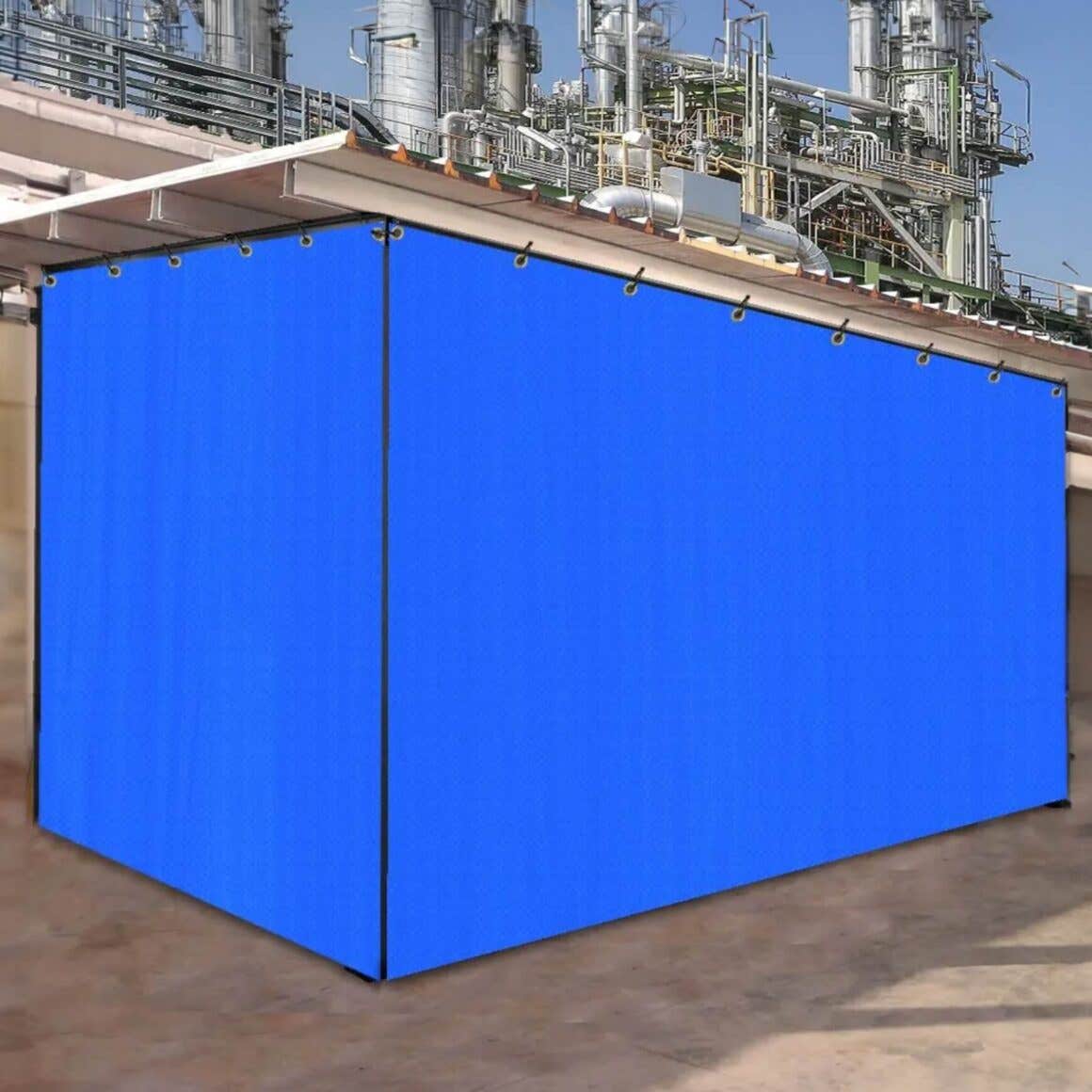
Waterproof Covers
- Electronics: Protecting cameras, phones, or laptops during travel or outdoor activities.
- Outdoor Gear: Covers for tents, kayaks, or backpacks designed for heavy rain or water sports.
- Furniture: Outdoor furniture covers like patio chair covers to guard against prolonged exposure to rain or snow.
- Industrial Use: Machinery covers for wet or humid environments.
Water-Resistant Covers
- Daily Use Items: Covers for backpacks, bags, or jackets to shield against light rain.
- Automotive: Car or bike covers for mild weather protection.
- Outdoor Furniture: Protecting furniture in shaded areas or under a patio where exposure is limited.
- Temporary Use: Situations requiring lightweight and easy-to-store covers.
Choosing the Right Cover for Your Needs
If you are looking for high-quality protective covers for outdoor furniture, we offer a premium collection for both waterproof and water-resistant covers. Before that, it’s essential to assess the factors responsible for selecting the right cover that complements your needs.
1. Assess the Environment
Waterproof covers are essential for areas with heavy rainfall, snow, or water exposure. Whereas water-resistant covers are suitable for environments with occasional light rain or damp conditions.
2. Consider the Item Being Covered
Use waterproof covers to shield sensitive products like electronics and prevent damage. However, for furniture in a semi-covered area, a water-resistant cover may suffice.
3. Frequency of Use
Waterproof covers may be more expensive but are a one-time investment for high-risk scenarios. Water-resistant covers are cost-effective for occasional or low-risk use.
4. Portability
Water-resistant covers are often lighter and easier to carry, making them ideal for travel. Waterproof covers may be bulkier but provide unmatched protection.
5. Cost
Waterproof covers are typically more expensive due to their advanced materials and construction. However, their durability and level of protection justify the investment in the long run. Water-resistant covers, while more affordable, may require replacement or additional care over time.
Conclusion
Understanding the difference between waterproof and water-resistant covers is crucial for protecting your belongings effectively. While waterproof covers provide absolute protection in the harshest conditions, water-resistant covers are a lightweight and budget-friendly option for everyday use. By assessing your needs, you can choose a cover that balances protection, durability, and cost. Investing in the right cover not only safeguards your items but also offers peace of mind.

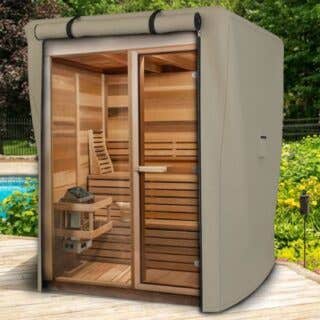

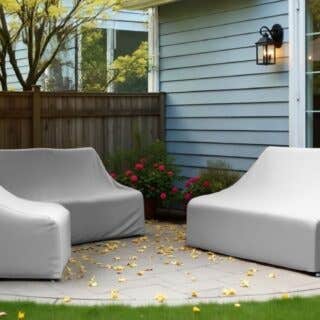
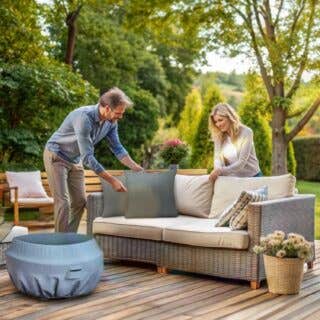

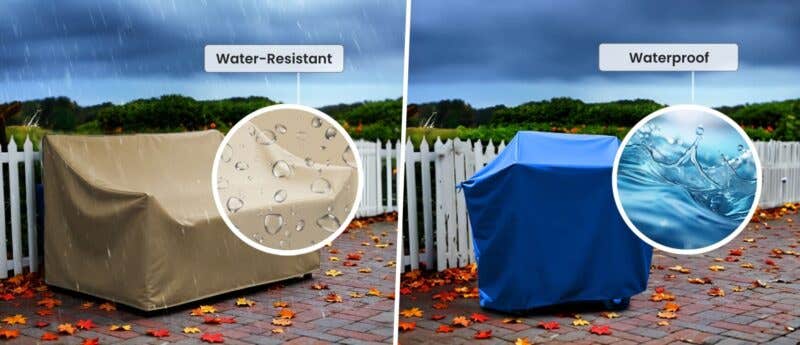
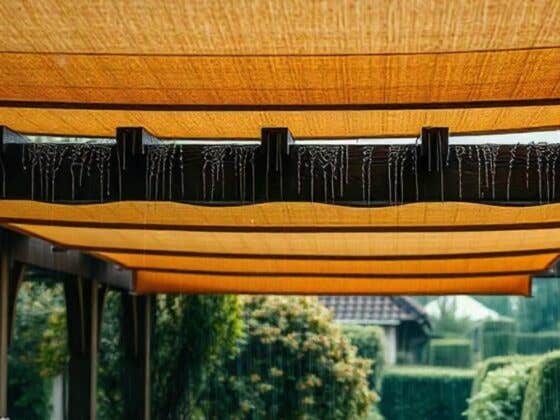
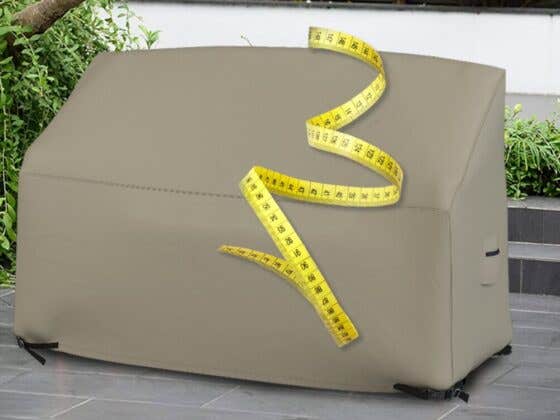
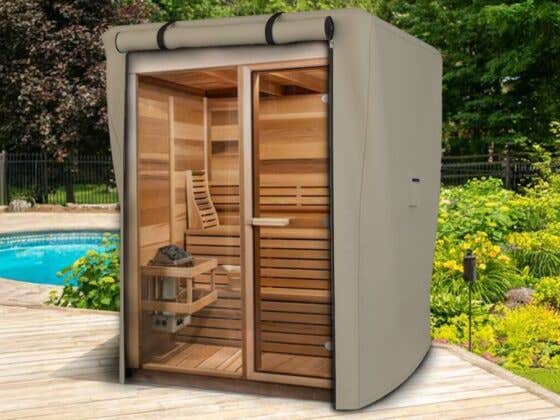
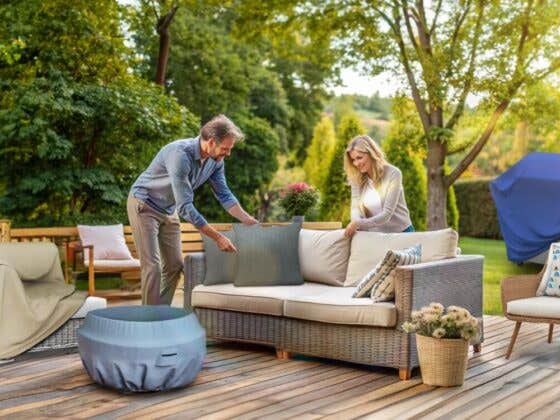
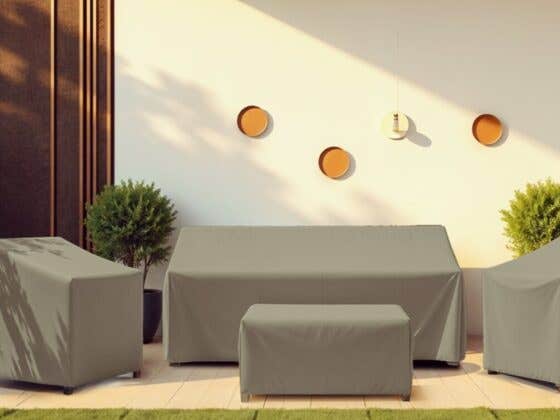
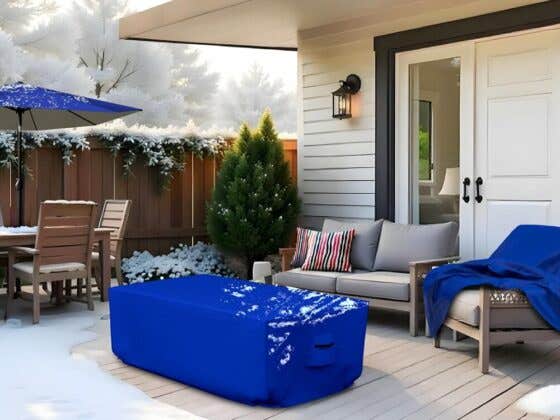
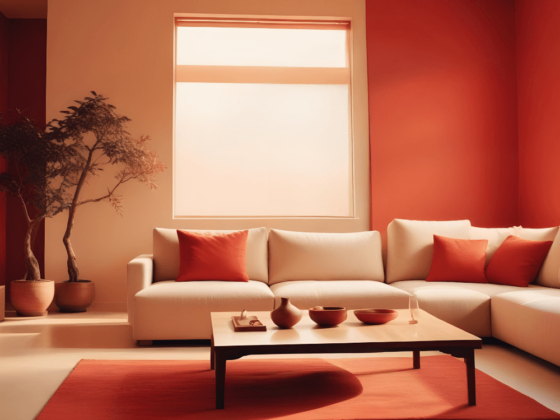
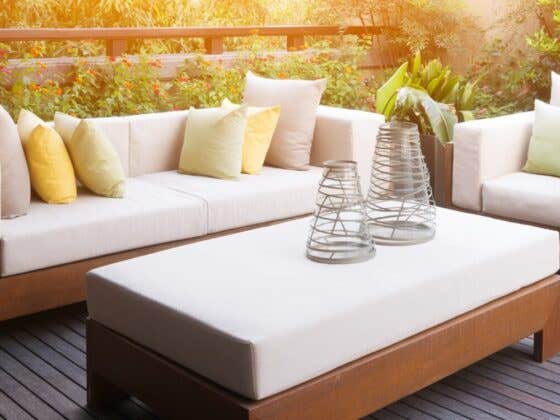
Recent Comments